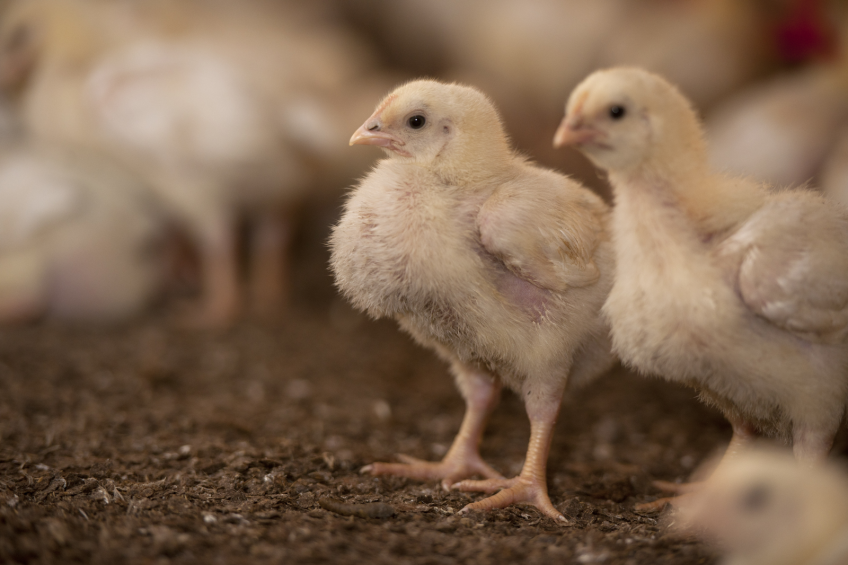Campylobacter reduction: Feed additives role

The use of feed additives to reduce a Campylobacter infection in a broiler flock is promising, a new study has shown. The study was published in the journal Poultry Science.
Poultry meat is the major source of human campylobacteriosis, the most frequently reported zoonosis in the EU. The prevalence of Campylobacter colonisation in European broiler flocks is 71%.
Also interesting – EFSA: EU human campylobacter and listeria cases rising
Human cases of listeriosis and campylobacteriosis rose once again in 2014, continuing an upward trend that began in 2008. Salmonellosis cases increased slightly for the first time since 2008.
Screen 24 feed additives
Despite considerable efforts, there is still no effective strategy available to prevent or reduce Campylobacter colonisation in broilers. However, numerous studies have tested the effect of different products added to feed or drinking water against Campylobacter in broilers at the flock level. However, the different studies were conducted using different experimental designs, so it is difficult to compare the results. The objective of the study was to screen the effect of 24 feed additives (available commercially or still under development) on reducing cecal colonisation of Campylobacter in broilers during the entire rearing period until slaughter age. 12 feed additives were tested in the present study, and 12 others were tested in a companion paper (Gracia et al., 2015).
Colonisation levels reduced
12 additives containing organic or fatty acids, monoglycerides, plant extracts, prebiotics, or probiotics were tested. For each additive, broilers contaminated with Campylobacter jejuni were fed with an additive free diet (control group) or with a supplemented diet (treated group) and Campylobacter loads compared at 3 sampling times. No treatment was able to prevent broiler colonisation by Campylobacter, and there was a high degree of variation in contamination among the birds. At 14 days of age, 8 treatments significantly decreased the colonisation level compared to the control group by a maximum of 2 log10 CFU/g. At 35 d of age, 3 of these treatments still had a significant effect with a maximum reduction of 1.88 log10 CFU/g for a probiotic. At 42 days of age, only one short-chain fatty acid was still significantly efficient with a mean reduction over 2 log10 CFU/g. In addition, a probiotic and a prebiotic like compound significantly decreased the contamination by a maximum of 3 log10 CFU/g, only at the 42-d sampling period.
Also interesting: Fighting campy with cameras in the broiler house
Cameras viewing broilers in a shed may soon be able to indicate whether a flock will test positive for campylobacter as early as 10 days into its cycle.
Promising results
The researchers conclude that this study gives promising results regarding the use of feed additives to reduce Campylobacter infection in flocks. Nevertheless, a global approach, combining intervention measures at the different steps of the broiler meat production chain could have a greater impact on the reduction of public health risk.
The study is part of the project Campybro, funded by European Union’s Seventh Framework Programme for research, technological development and demonstration. Implementation is done by the French research institute Anses, the Spanish research institute Imasde and several European branch organisation among which Nepluvi from the Netherlands.













